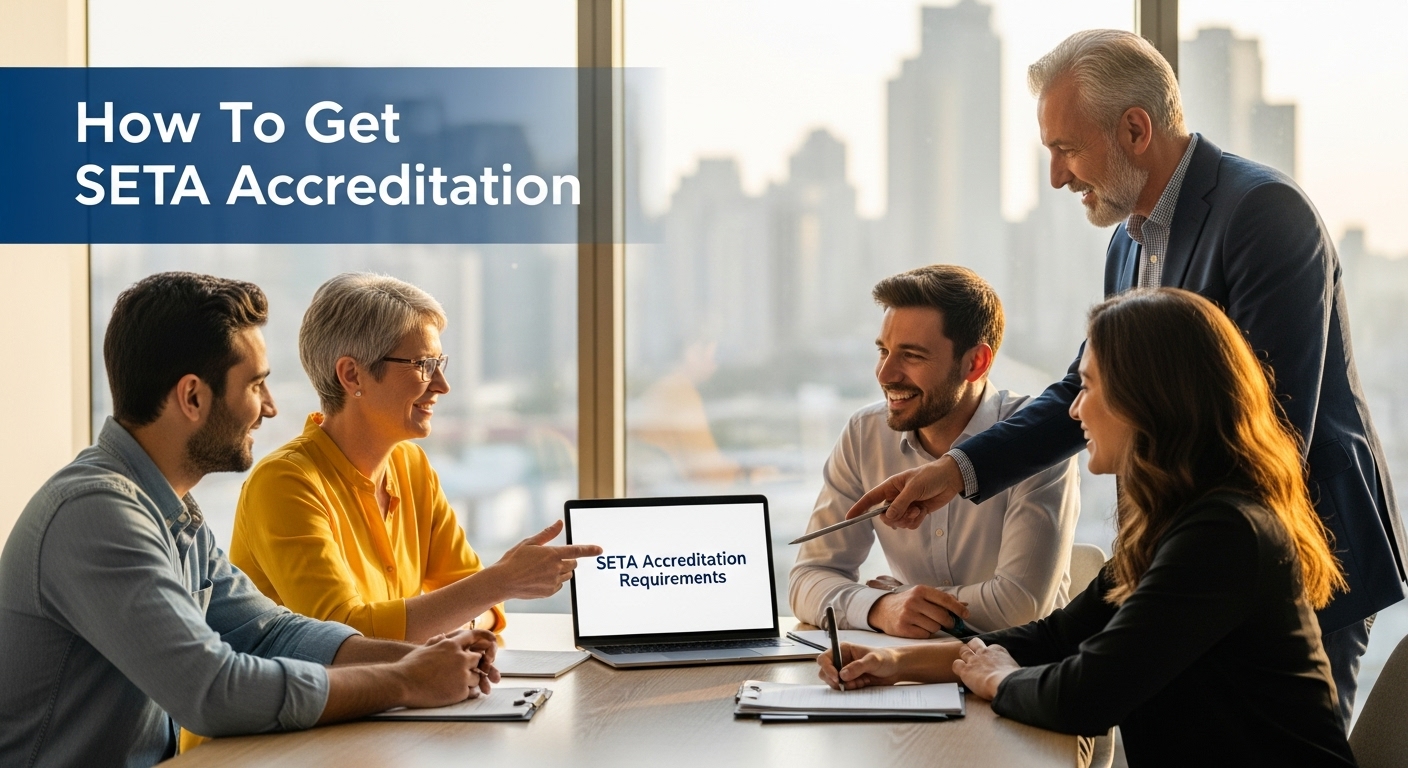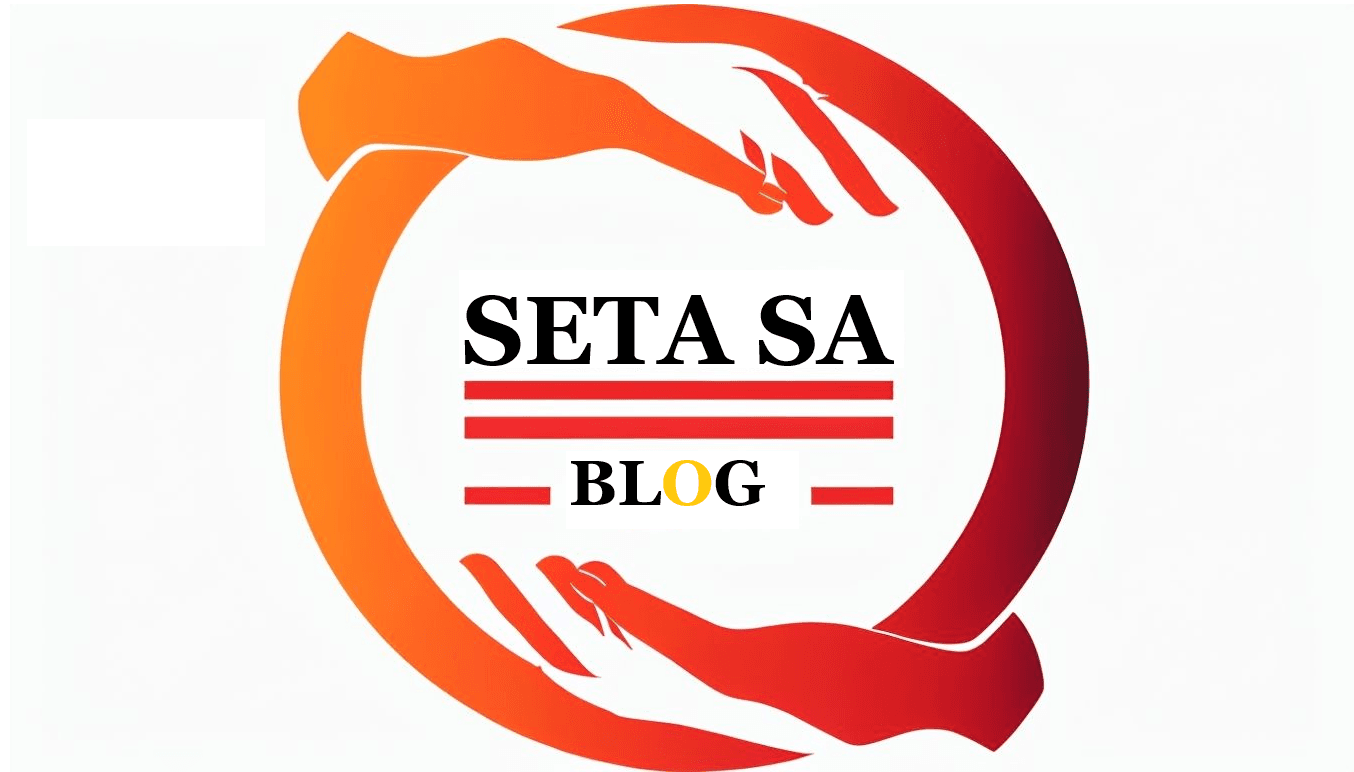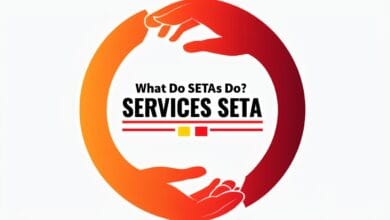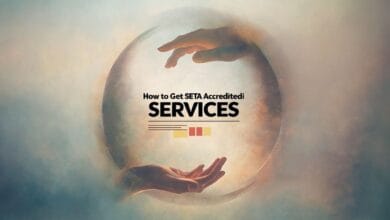
Getting SETA accreditation means your training business can offer nationally recognised qualifications in South Africa. Think of it as a stamp that says your courses meet the high standards set by the government. If you’re running a learning centre, a technical college, or even a small skills‑training workshop, this accreditation lets you bill clients and pay VAT on training fees.
What is SETA Accreditation?
SETA stands for Sector Education and Training Authority. Each industry sector has a SETA that sets the rules for training and assessment in that field. When you get accredited, you’re officially approved to deliver the qualifications that the SETA publishes.
Why it matters
Without accreditation, you can’t legally register learners for a national qualification. Clients expect proof that the training they pay for is reliable. Accreditation also shows that you follow the right assessment procedures, which builds trust with employers and learners alike.
Who Can Apply?
Any training provider that meets the basic conditions can apply. These include:
- Having a physical premises that meets safety and suitability requirements.
- Being registered with the Companies and Intellectual Property Commission (CIPC) or a similar body.
- Having qualified trainers and assessors who meet the skill level required for the courses you wish to offer.
If you’re a sole proprietor, you can still apply, but you’ll need to show that you can deliver the curriculum consistently.
What Documents Do You Need?
Before you even hit the “submit” button, gather these key papers:
- Company registration and tax documents – proof that you’re legally in business.
- Facility inspection report – shows the training rooms are safe and suitable.
- Curriculum and assessment plans – detailed outlines of what you’ll teach and how you’ll test learners.
- Trainer CVs and qualification certificates – evidence that your staff is fit for purpose.
- Learning management system (LMS) or record‑keeping system details – how you’ll track learner progress.
- Financial statements – shows you can sustain the training programme.
Missing any of these can delay the process, so double‑check before you submit.
Step‑by‑Step Application Process
Step 1: Choose the Right SETA
Find out which SETA covers your sector. The Department of Higher Education and Training website lists all SETAs and their contact details. Reach out to ask about specific accreditation requirements for your industry.
Step 2: Read the Guidelines
Each SETA publishes a “Provider Accreditation Manual.” It explains the criteria, forms, and fees. Read it carefully and note any deadlines.
Step 3: Prepare Your Application Pack
Fill out the registration form, attach the documents you listed earlier, and ensure every page is signed and dated. Keep a copy for your records.
Step 4: Submit and Pay Fees
Most SETAs accept online submissions. Pay the application fee using the payment method specified (usually bank transfer or online banking). Keep the payment receipt.
Step 5: Await Review
The SETA will review your pack. They may ask for additional information or a site visit. Respond promptly to any requests.
Step 6: Receive Accreditation Certificate
Once approved, you’ll receive a certificate that lists the qualifications you’re authorised to offer. Display this certificate prominently at your training site and on your website.
Common Pitfalls to Avoid
Missing or Incorrect Documentation
Even a small typo in a form can push the review back. Double‑check every field and keep a checklist while you’re filling out forms.
Not Meeting Facility Standards
SETA inspectors will check classrooms, safety equipment, and learning materials. If your premises doesn’t meet the minimum standards, you’ll need to make changes before re‑applying.
Under‑qualifying Trainers
All trainers must hold the qualifications required for the modules they teach. Make sure their CVs and certificates are up to date.
Tips for a Smooth Approval
Start Early
Collect all documents a month before you plan to apply. This gives you time to catch errors.
Use a Checklist
Mark off each requirement as you gather it. A simple spreadsheet works well.
Ask for Feedback
Before sending the application, have a colleague or industry mentor review it. Fresh eyes can spot gaps you missed.
Keep Records
Store copies of all submissions, receipts, and correspondence in a folder. If the SETA asks for a document later, you’ll have it ready.
Stay Informed
SETA policies can change.





